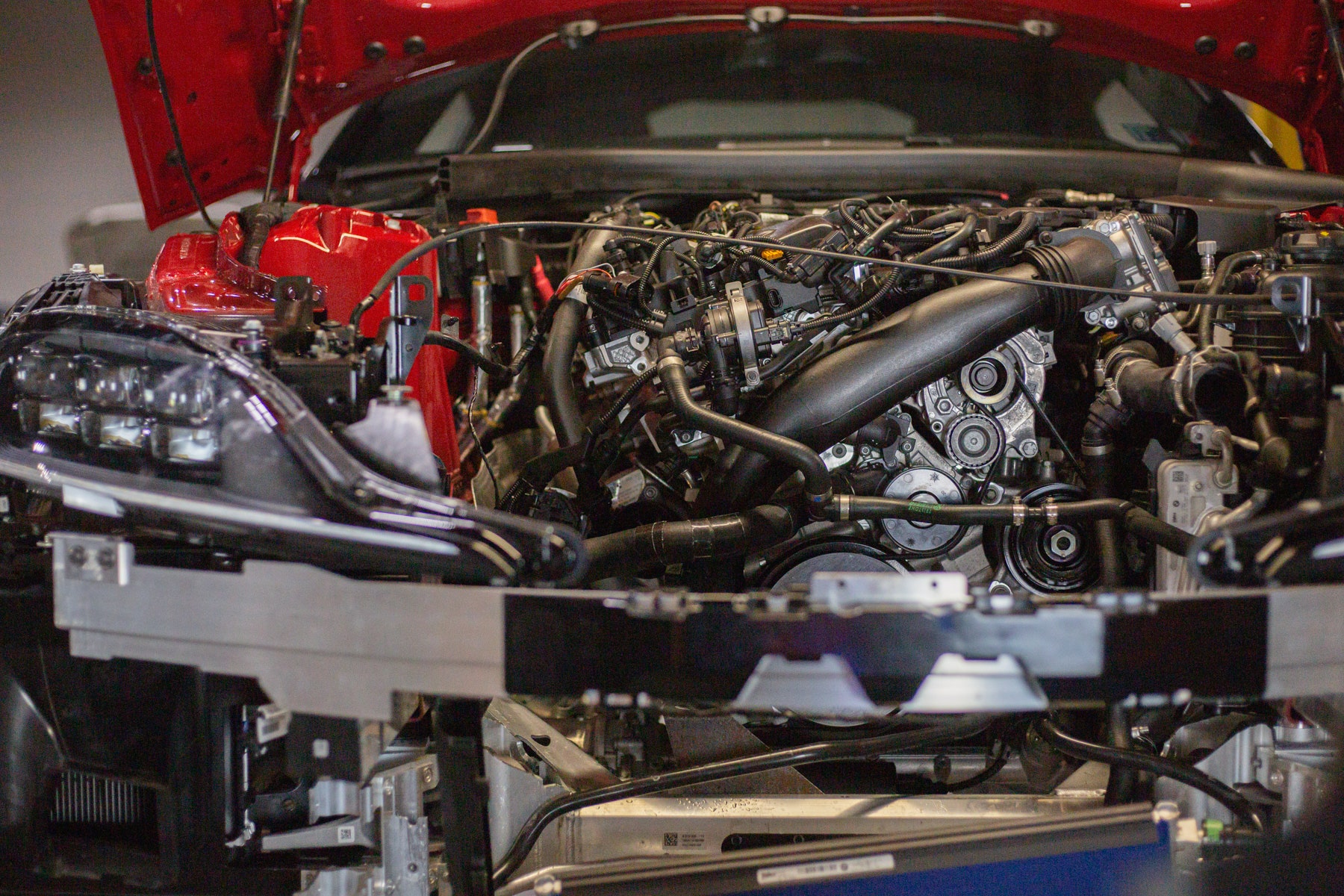
Cool Integration - Performance Heat Exchanger R&D, Part 2 - Design Plans
PERFORMANCE HEAT EXCHANGER, FITS TOYOTA GR SUPRA 3.0L, 2020+
The tag-team between BMW and Toyota that resurrected the Supra was a good sign that this platform would be well prepared to take on any challenge that the road had to offer. That is, in stock form, at least. We all know that the Supra is a tuner's dream, so plenty will inevitably see some means of increased power by way of a tune, turbo, or a combination of the two, where the stock heat exchanger just won't cut it. Luckily, our engineer, Jason, has already been on the case and has a plan for keeping the intercooler's coolant temperatures in check.

We start with the core since it does the heavy lifting. When it comes to any variation of a heat exchanger, bigger is typically better. At least the right amount of bigger is better. Optimizing the cooling capacity of a heat exchanger core means not making it too big; otherwise, efficiency is lost, and it becomes more of an obstruction to any other cooling components behind it. For Jason to determine the core size, he'll need a clear picture of both the stock unit, along with the mounts, and space available for expansion.

With the scan complete, Jason now has the dimensions for the build envelope, along with the precise locations necessary for mounting tabs, and the inlet and outlet ports. With this information, and after a rigorous run of heat transfer calculations, we opted to plan for a 42mm thick core to maximize cooling, but not cutting off too much circulation to the primary radiator. We also intend to utilize our iteration of the offset fin design to make the most of our new core.

As well as our core is projected to perform, it's practically useless without the end tanks. Plastic is not our first choice for construction materials, so we plan on a much more sturdy all-aluminum construction that will be TIG-welded to the core. To further ease the future installation of this heat exchanger, Jason did retain some of the OEM design features. Specifically, with the data collected from the scan arm, our heat exchanger design will feature both precisely positioned mounting tabs, and reuse the same quick disconnect fittings for the inlet and outlet for seamless integration with the factory lines. Since the ports have remained, that means, for the final part of our plan, is that we also intend on keeping the dual-pass flow through our new core, to optimize our heat exchanger's cooling potential further.

Even with the collaboration between two of today's automotive giants, there can still be some shortcomings in the final product. The conundrum of balancing the delivery of affordability with performance means that some components that will fall short once in the hands of the mod-crazy enthusiasts. Our plans are set, though, so make sure to stick around to see just how well our improved heat exchanger design performs.
PERFORMANCE HEAT EXCHANGER, FITS TOYOTA GR SUPRA 3.0L, 2020+
Thanks for Reading!
-Nick










